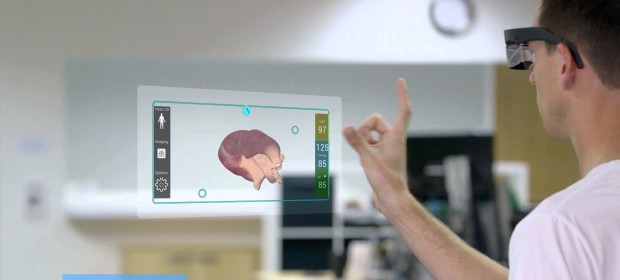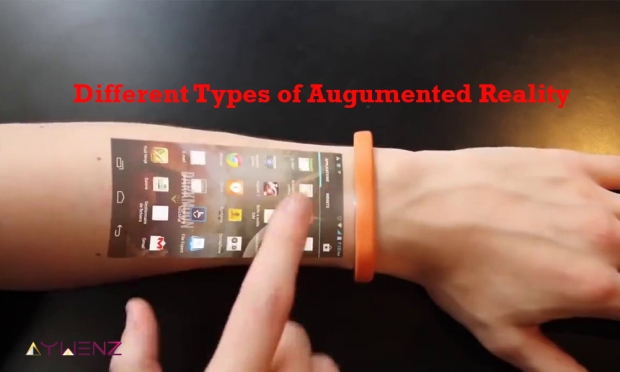
Although augmented reality has been around for years, it wasn’t until Android and iOS smartphones came equipped with GPS, camera and AR capability that augmented reality came into its own with the public. Augmented reality is technology that combines virtual reality with the real world in the form of live video imagery that is digitally enhanced with computer-generated graphics.
Handheld AR Equipment
The long list of AR software development kits for Android smartphones and Apple’s ARKit for its mobile devices give developers the tools they need to add AR elements to their apps.Want to view how a retailer’s virtual furniture looks in your room before you buy? There’ll soon be an AR app for that. Want to clean off your dining room table and populate it with your favorite action-adventure game locales and characters? You can.
AR Headsets
You may have heard of Microsoft’s HoloLens by now or Facebook’s Oculus VR headset. These high-end headsets were eagerly awaited by all, but only a lucky few could afford them. It wasn’t long before headsets were offered at a consumer price—the Meta 2 head-mounted display headset is a third the price of the HoloLens. Like most AR headsets, it operates while tethered to a PC—but it won’t be long before untethered headsets are available.
AR Applications
Early PC, smartphone and tablet applications for augmented reality focused on games, but the uses of AR are much broader. The military uses augmented reality to assist men and women as they make repairs in the field. Medical personnel use AR to prepare for surgeries. The possible commercial and educational applications are unlimited.
Military AR Uses
The Heads-Up Display (HUD) is the typical example of augmented reality when it comes to military applications of the technology. A transparent display is positioned directly in the fighter pilot’s view. Data typically displayed to the pilot includes altitude, airspeed and the horizon line in addition to other critical data. The term “heads-up” name applies because the pilot doesn’t have to look down at the aircraft’s instrumentation to get the data he needs.
Medical AR Uses
Medical students use AR technology to practice surgery in a controlled environment. Visualizations aid in explaining complex medical conditions to patients. Augmented reality can reduce the risk of an operation by giving the surgeon improved sensory perception. This technology can be combined with MRI or X-ray systems and bring everything into a single view for the surgeon.
AR Apps for Navigation
Navigation applications are possibly the most natural fit of augmented reality with our everyday lives. Enhanced GPS systems use augmented reality to make it easier to get from point A to point B. Using the smartphone’s camera in combination with the GPS, users see the selected route over the live view of what is in front of the car.
Sightseeing in Augmented Reality
There are a number of applications for augmented reality in the sightseeing and tourism industries. The ability to augment a live view of displays in a museum with facts and figures is a natural use of the technology.
Maintenance and Repair
Using a head-worn display, a mechanic making repairs to an engine can see superimposed imagery and information in his actual line of sight. The procedure might be presented in a box in the corner, and an image of the necessary tool can illustrate the exact motion the mechanic needs to perform.
AR Gaming Takes Off
With recent advances in computing power and technology, gaming applications in augmented reality are on the upswing. Head-worn systems are affordable now and computing power is more portable than ever. Before you can say “Pokemon Go,” you can jump into an AR game that works with your mobile device, superimposing mythical creatures over your everyday landscape.
Advertising and Promotion
The Layar Reality Browser is an application for iPhone and Android designed to show the world around you by displaying real time digital information in conjunction with the real world. It uses the camera on your mobile device to augment your reality.
Early Uses of AR
What would an NFL football game be without the yellow first down line painted on the field? Emmy award winning Sportvision introduced this augmented reality feature to football in 1998, and the game has never been the same.
courtesy: https://www.lifewire.com/applications-of-augmented-reality-2495561
Facebook: https://www.facebook.com/aywenzit/
Blogger: https://aywenz.blogspot.in/

